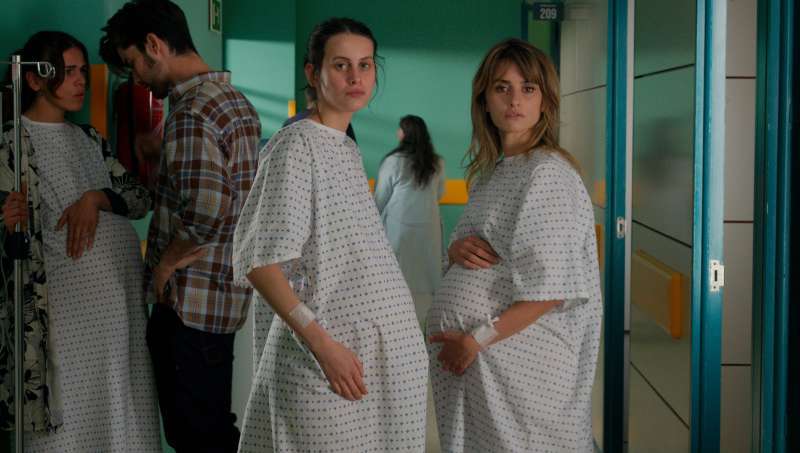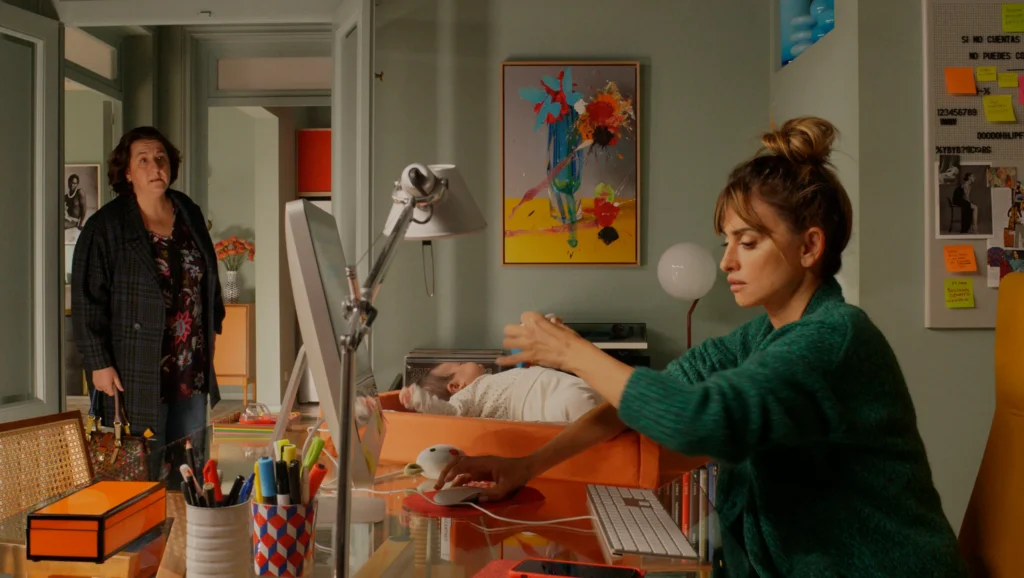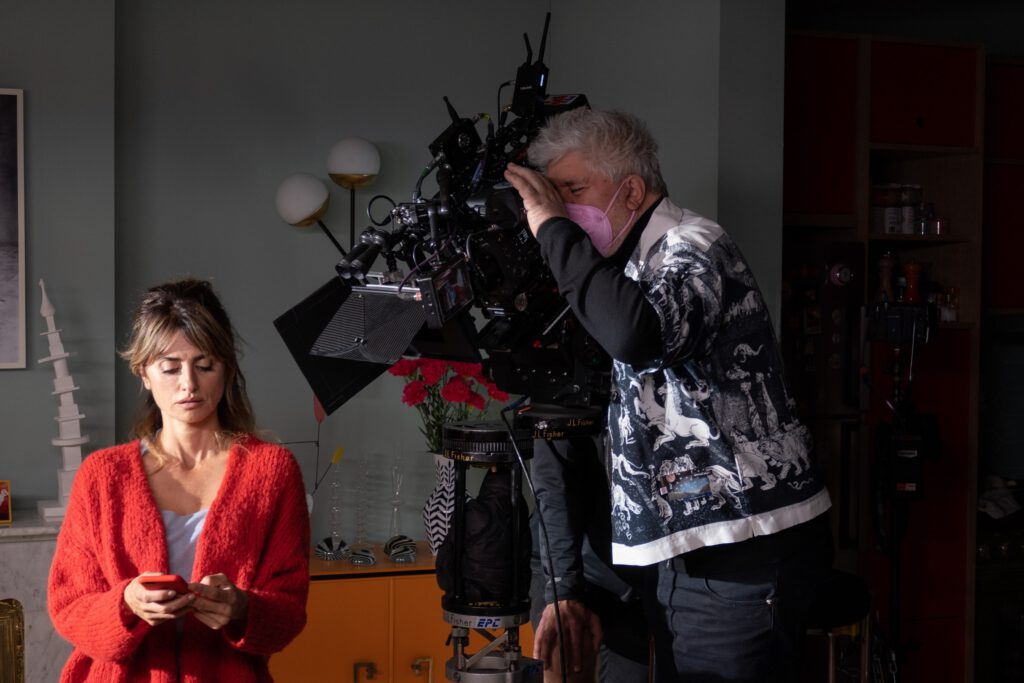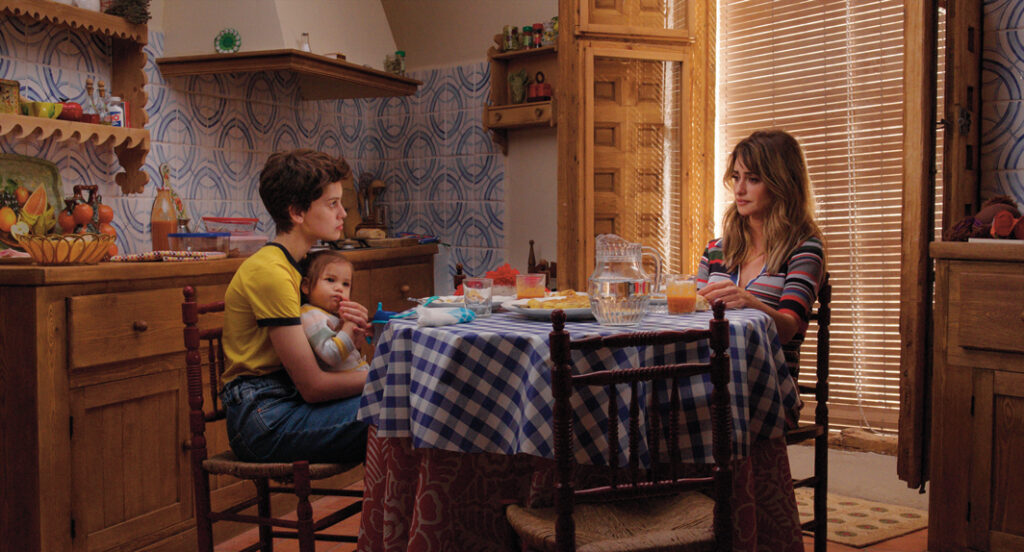Pedro Almodóvar latest films all hit very much the nerve of what I search for in movies. And his latest entry “Parallel Mothers” is no exception, moreover an honest portrait that captures the emotional complexity of motherhood through its masterful use of color. Almodóvar is known for his vibrant and bold use of color in his movies, and “Parallel Mothers” is no exception. The film is a rich tapestry of colors that captures the nuances and complexities of the human experience.


The film tells the story of two women, Janis and Ana, who bond over their shared experience of giving birth in the same hospital. As the two women navigate the joys and challenges of motherhood, their friendship is tested by the secrets and emotional traumas that they carry with them.
Throughout the film, Almodóvar uses color to convey the emotional journey of the two women. The color red, for example, is used to represent the passion and intensity of their maternal instincts. Red is a recurring motif in the film, appearing in the women’s clothing, the walls of the hospital, and the blankets that swaddle their newborn babies. The color is a visceral reminder of the blood and sweat that goes into motherhood, as well as the fierce love and protectiveness that comes with it.


In contrast, the color blue is used to represent the more introspective and contemplative aspects of motherhood. Blue appears in the form of Janis’s art, which she creates as a way to process her emotions and reflect on her experiences as a mother. The color blue is also used in the scenes where Ana visits her baby in the hospital, as she reflects on the sacrifices she has made and the choices she has had to make as a mother.
Almodóvar’s use of color is not just visually striking, but emotionally evocative as well. The colors he uses are not just arbitrary choices, but are carefully selected to represent the themes and emotions of the film. The use of color in “Parallel Mothers” serves as a metaphor for the complexity of motherhood, with its highs and lows, joys and sorrows, and moments of intense passion and quiet contemplation. At its core, “Parallel Mothers” is a meditation on the complexities of motherhood and the choices that women must make in order to become mothers. The film is unflinching in its exploration of the emotional toll that motherhood can take, and it is a testament to the strength and resilience of women who face these challenges.

The film is a testament to the power of cinema to capture the human experience in all its richness and complexity, while exploring the complexities of motherhood and the human experience with depth, nuance, and emotional power. It’s unflinching honesty make it a standout work in Almodóvar’s oeuvre and a must-see Spanish language film.

